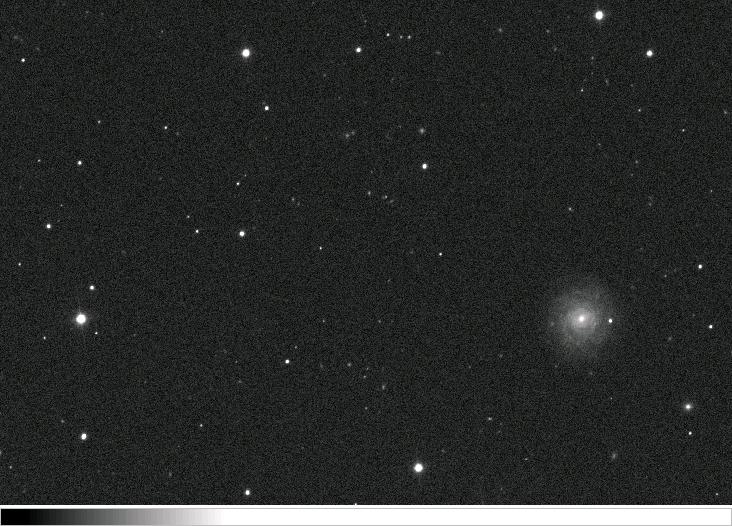
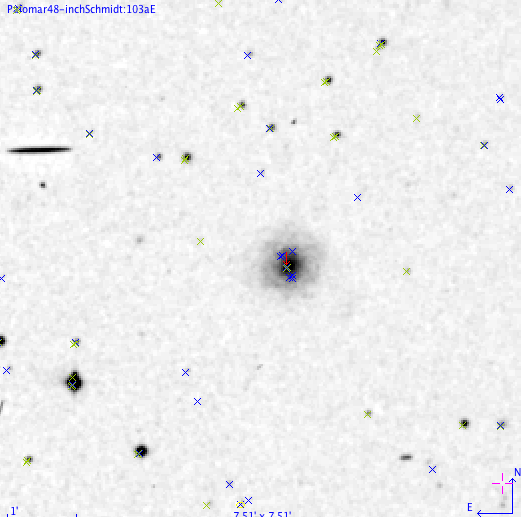
SN 1
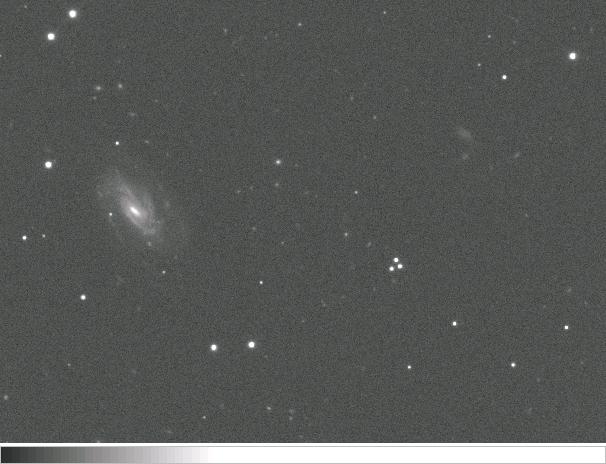
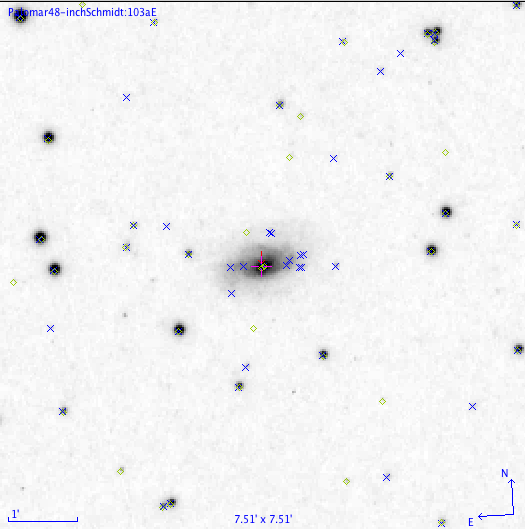
SN 2


SN 3

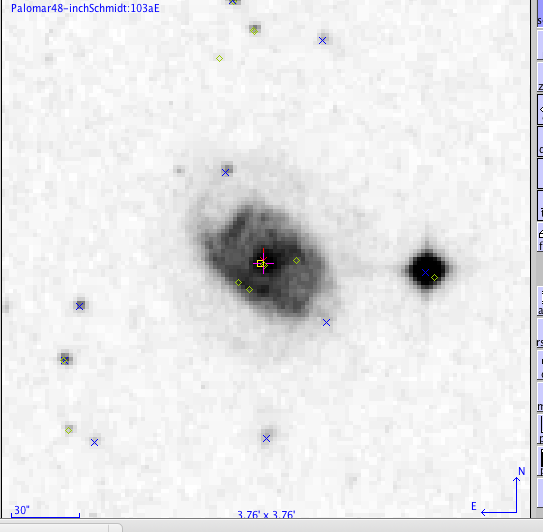
SN 4

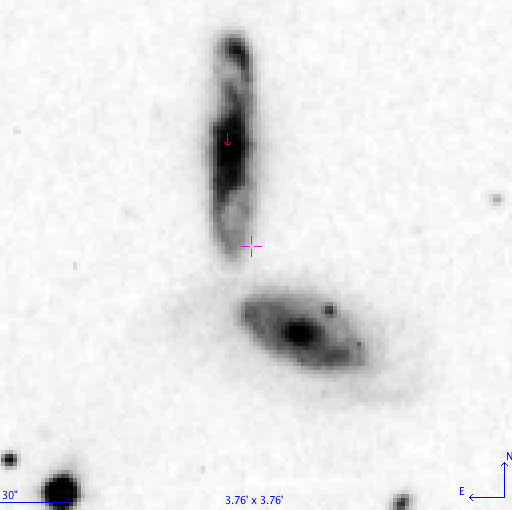
SN 5
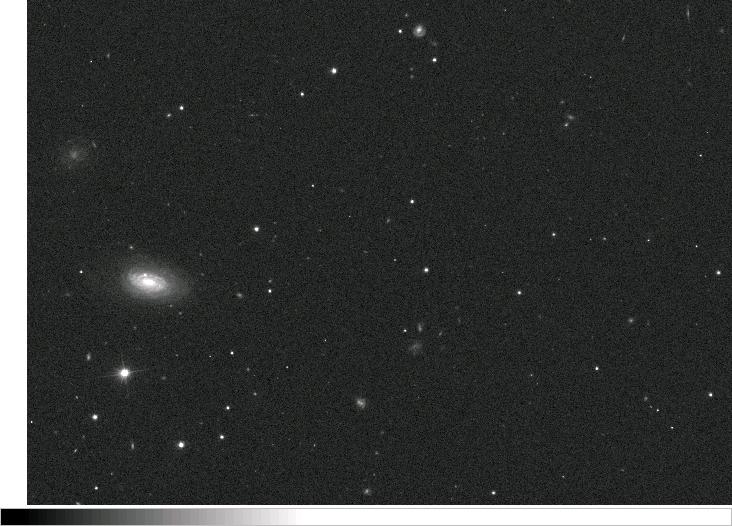
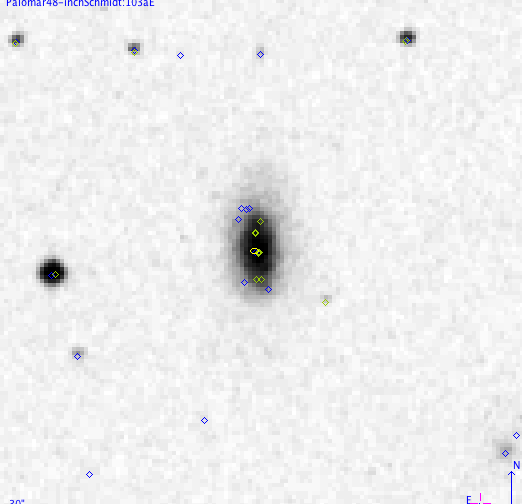
SN 6
Below are several images on the left side that contain a real supernova. Try to find them by comparing them to the images on the right (inverted color images). You will find that a few if not all images and their corresponding reference image are not oriented in the same way or some might be reversed. The reference images come from the digitized sky survey (DSS)- a large photographic survey occuring in the 1980's and 1990s where the images were later digitized and put online. Therefore the resolution isn't as good as the images on the left which were taken by several CCDs from the Sloan Digital Sky Survey (SDSS). During the survey, SDSS inadvertently captured the light of some supernovae occuring in nearby galaxies.
Usually, astronomers (amateur & professional) have reference images of galaxies taken on other patrol nights. But if they are out observing for other reasons, notice something new in a galaxy and don't have a reference image,the DSS is the next best thing. Believe it or not, this happens quite frequently.
To assist you, some images have little blue and yellow x's in the DSS image to indicate known stars. Once you find the star, either sketch it's position in the galaxy or try to remember its location.


SN 1


SN 2


SN 3


SN 4


SN 5


SN 6
Now not all supernovae come from the big nearby bright galaxies, there are many more in nondescript galaxies as
well. It's just that these supernovae were not noticed as frequently in these apparently small galaxies until
the detection software and hardware became much more sophisticated and
widely available.
Guess which galaxy will have a supernova?

Now click here to see where it occurred.